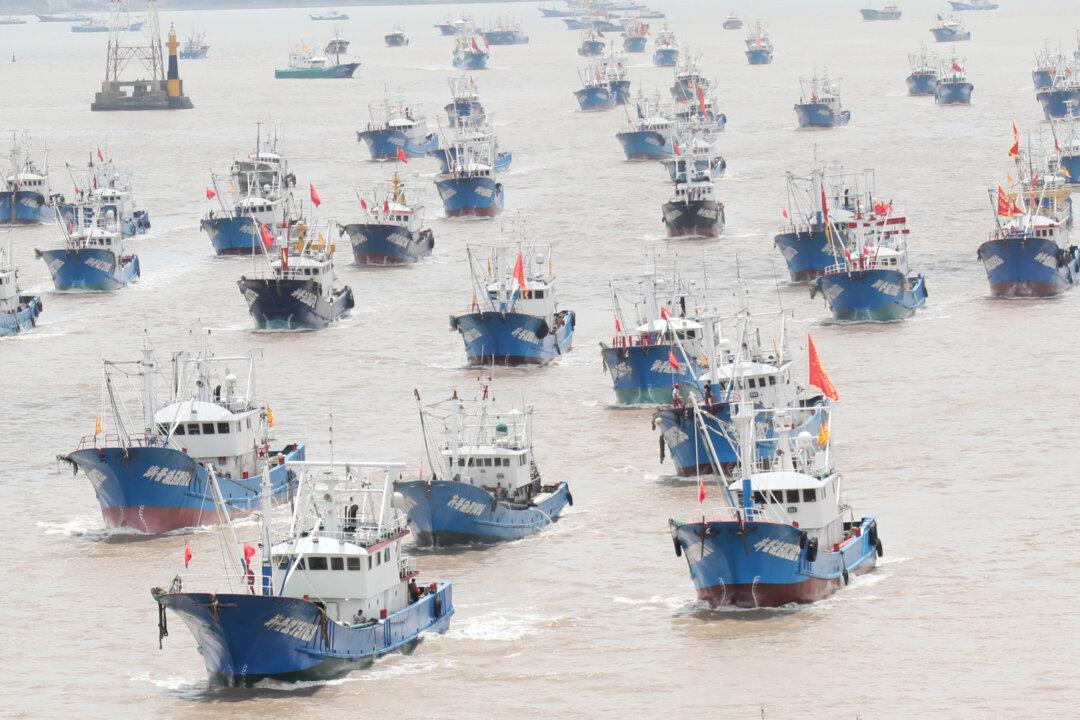More than four times as many fishing-related deaths take place globally every year than earlier estimates, according to a new study conducted by the FISH Safety Foundation (FSF).
In 1987, the UN Food and Agriculture Organization (FAO) estimated that around 24,000 fatalities took place in the fishing industry annually. In 1999, the International Labor Organization (ILO) published a study confirming this number. The FSF study, commissioned by The Pew Charitable Trusts, found that more than 100,000 fishers die every year, more than four times what the FAO and ILO calculated decades ago. This comes to around 300 deaths per day.





